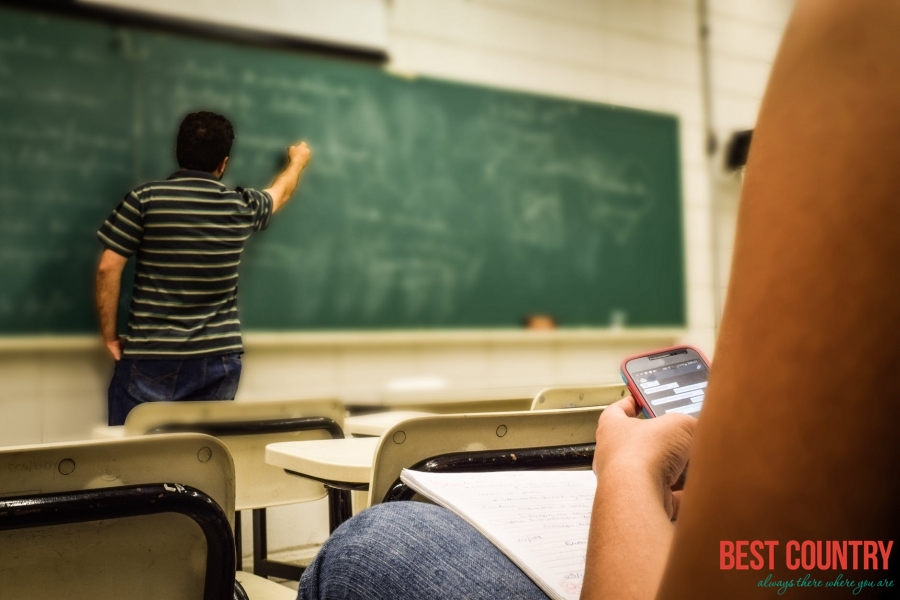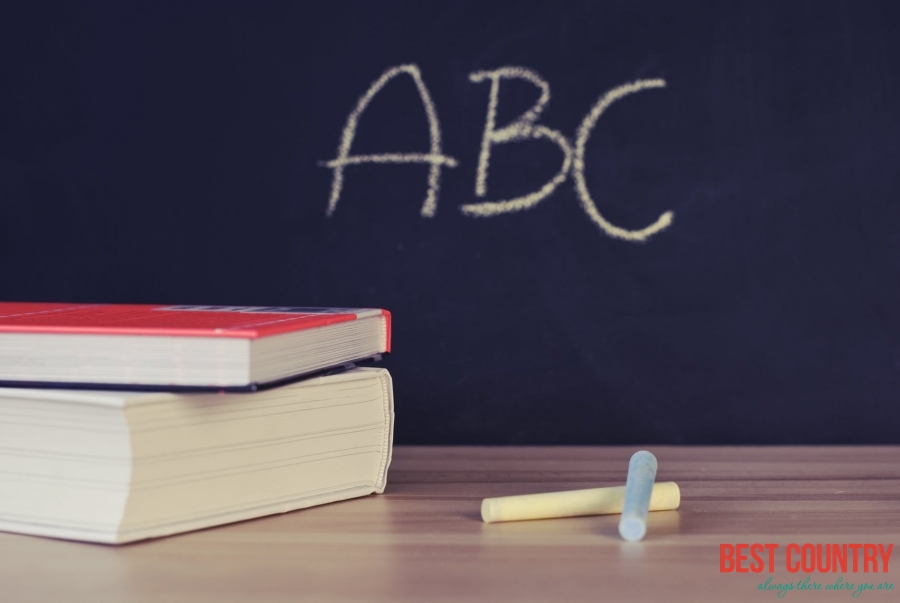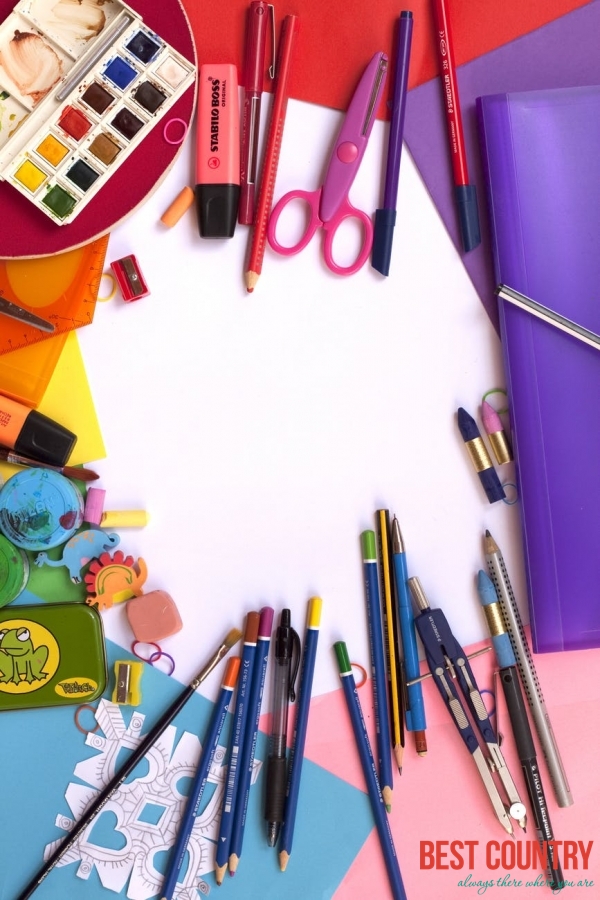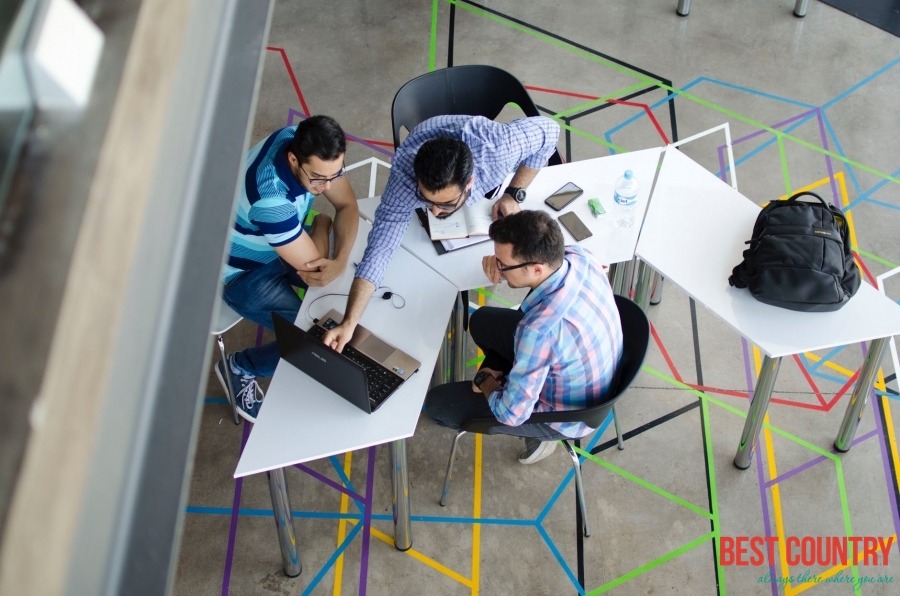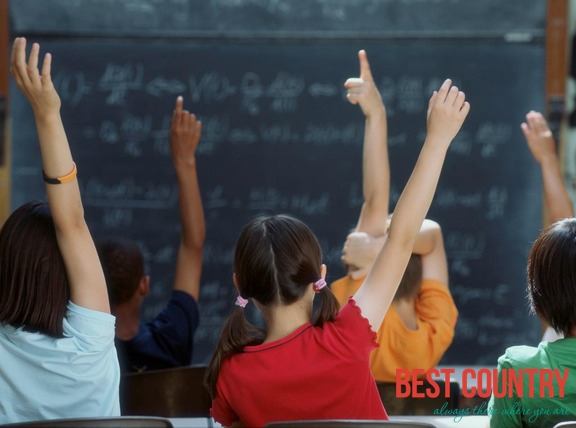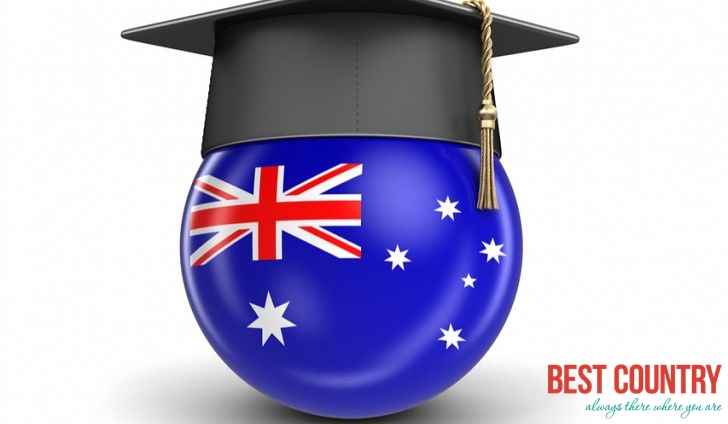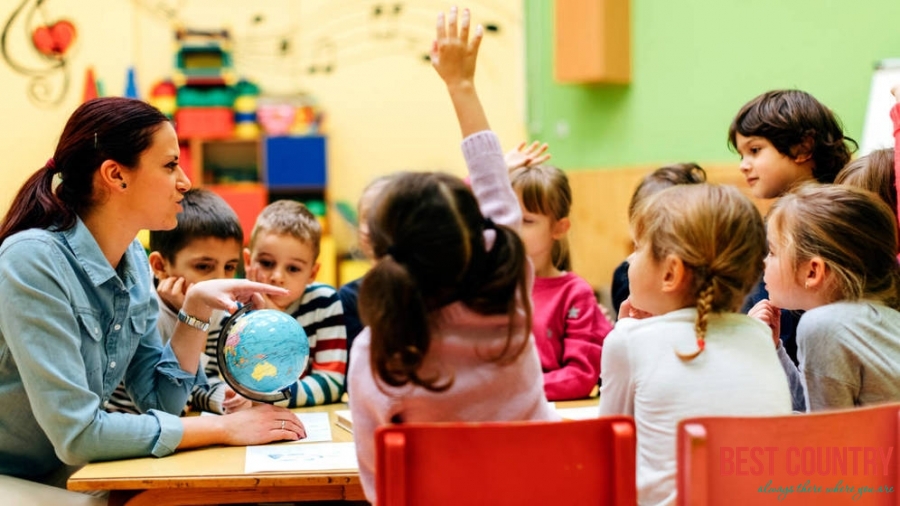Education in the different countries
Education in Benin
Although its education system used not to be free, Benin has now abolished school fees and is carrying out the recommendations of its 2007 Educational Forum. In 1996, the gross primary enrollment rate was 72.5 percent, and the net primary enrollment rate was 59.3 percent.
Guam Department of Education
The Guam Department of Education (GDOE, Chamorro: Sisteman Eskuelan Pupblekon Guåhan), formerly the Guam Public School System, is a school district that serves the United States territory of Guam .
Education System in Brazil
Education is compulsory in Brazil between ages 7 and 14, and free at state schools too. Children under 6 may attend optionaleducao infantil before enrolling for 5 years at elementary school known as ensino fundamental – 1. Following a year achieving literacy they turn their attention to learning Portuguese, geography, history, maths, science, arts and physical education. This core curriculum may be extended to meet local needs, and abilities of individual students.
Vanuatu - Education
The overall literacy rate is low (64% of the population), but literacy is relatively widespread among persons under 35 years of age. Primary education is available for almost all children except in a few remote tribal areas.
Education of Aruba
Our excellent educational system, patterned after the Dutch system, provides for education at all levels. The Government finances the national education system. Private schools, such as the International School of Aruba, which finance their own activities. The percentage of monies earmarked for education is higher than the average for the Caribbean/Latin American region. Arubans benefit from a strong primary school education.
Education of Antigua and Barbuda
The people of Antigua & Barbuda enjoy a more-than-90% literacy rate. In 1998, Antigua and Barbuda adopted a national mandate to become the pre-eminent provider of medical services in the Caribbean. As part of this mission, Antigua and Barbuda is building the most technologically advanced hospital in the Caribbean, the Mt. St. John Medical Centre. The island of Antigua currently has two medical schools, the American University of Antigua (AUA), founded in 2004, and The University of Health Sciences Antigua (UHSA), founded in 1982.
Education in Denmark
The Danish Education System offers a wide range of education on all levels – also for people with an international background.
Education and Universities in Greece
The Greek educational system is mainly divided into three levels, namely primary, secondary and tertiary, with an additional post-secondary level providing vocational training. Primary education is divided into kindergarten lasting one or two years, and primary school spanning six years (ages 6 to 12). Secondary education comprises two stages: Gymnasio (variously translated as Middle or Junior High School), a compulsory three-year school, after which students can attend Lykeio (an academically-oriented High School) or Vocational training.
Education in Bhutan
Bhutan's recently achieved its long time goal of Universal Primary Education. The gross enrolment rate in primary education was 106% in 2007. There is near gender equality (93%).
Brunei education system
The education system in Brunei is modelled on the British system, with Brunei-Cambridge GCE A-levels being used to prepare students for entrance to university and other higher education institutions in Brunei Darussalam and overseas.
Bahrain's Education System
The educational system in the kingdom of Bahrain follows a ladder of nine years of basic education which includes both the primary and intermediate stages and three years of secondary education in its various track.
Education System in Armenia
Education has traditionally always been highly rated in Armenia - in a country, which has 1600 years old history of literacy. From the very beginning, the school has been the basis of the nation's political and cultural survival and the incentive for national progress.
Australian Education System
Like many countries, Australia's education system is broadly divided into three broad areas: primary school, secondary school and tertiary education. Each of these areas features both public (government-funded) and private (independently funded) institutions, although the majority of private institutions also receive some government funding.
Education in Argentina
Education is highly valued in Argentinian society. The Argentine National Council of Education sets a standard curriculum that is followed by schools throughout the country, because it is believed that a national education system promotes unity. Kindergarten is optional for children aged four and five.
